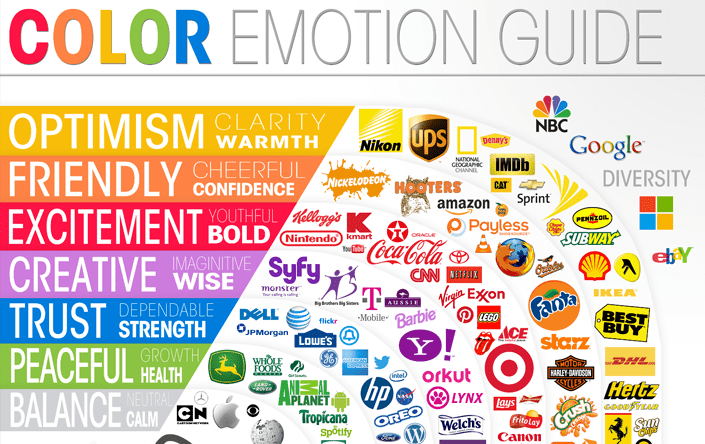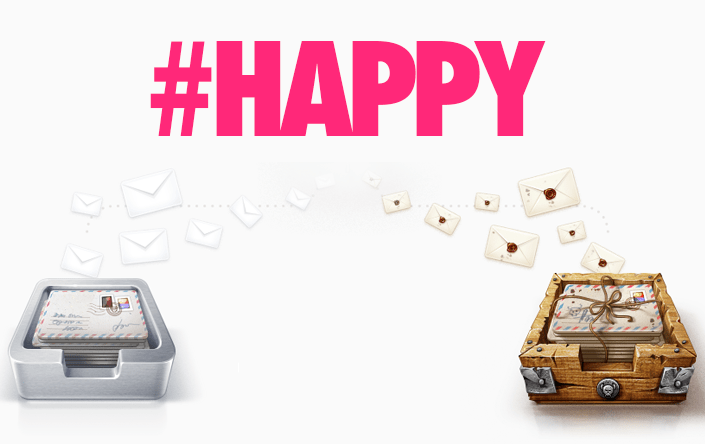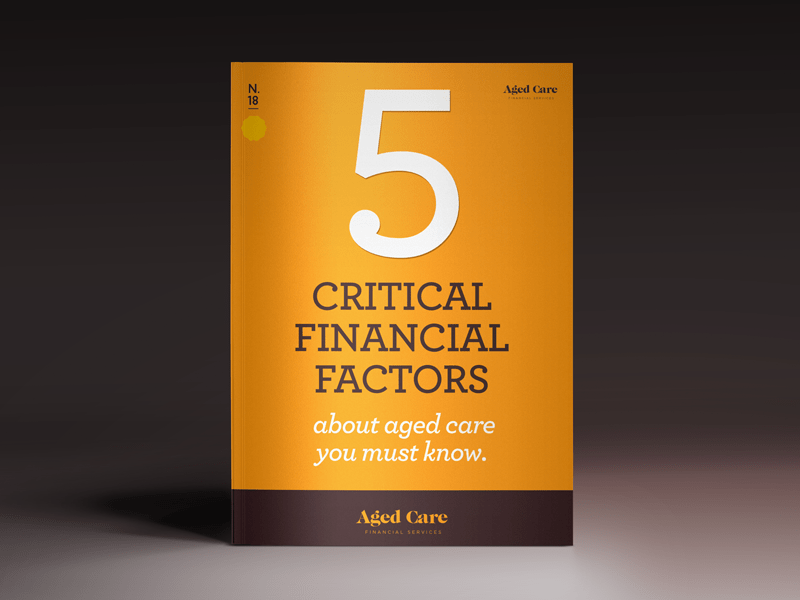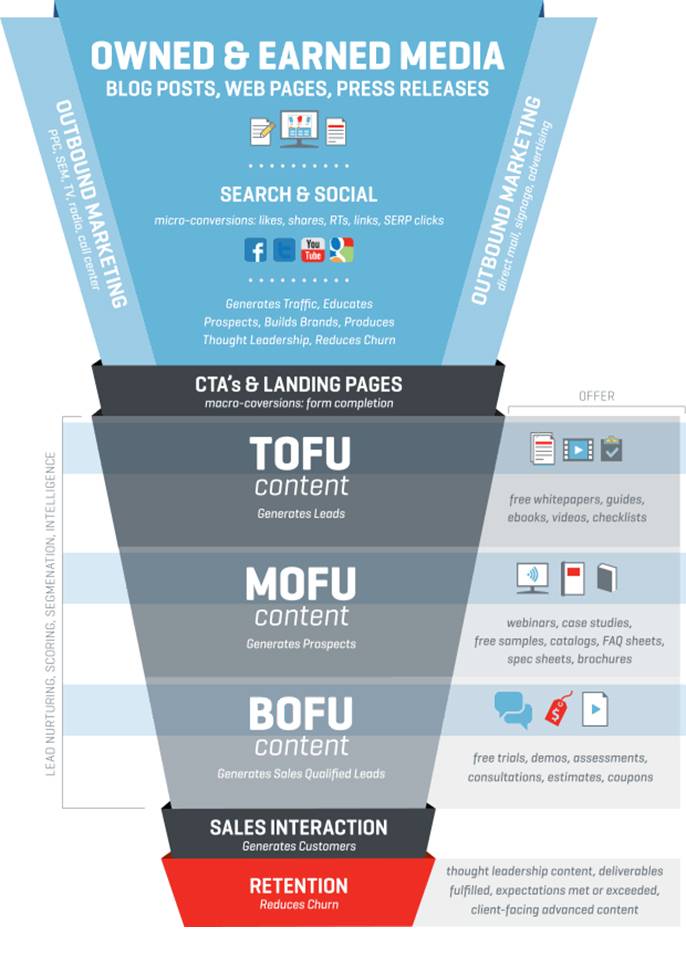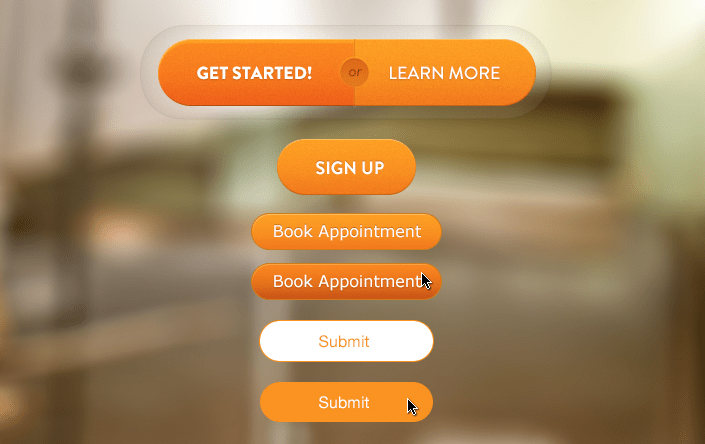Did you know that 85 percent of all impulse buys are based on colour?
It seems high, but colours run deep in our psychology and are key factors in the clothes we wear, the car we drive and how we decorate our surroundings.
Whether we realize it or not, colours play an important role in both the conscious and subconscious decision to purchase a product. This is because colours have the ability to make us feel a certain way and in turn, can trigger us to make a purchase or abandon our shopping cart altogether.
One study even found that up to 90% of all judgements made about a product were based on the colour of it.
Speed Really Does Kill (Conversions That Is)
As more and more content is distributed online, consumers are caring less about the bells and whistles and more about speed.
How long your website takes to load has become an all important factor in the conversion rate of your site and is the most common reason that users abandon a webpage.
One survey even found that if a web page was not loaded in 2-3 seconds that 79 percent of consumers would abandon the page and 44 percent would never return to the website again.
In fact, for every second it takes to load your website, the abandonment rate increases by nearly 20 percent. This number is even higher for mobile sites.
Google and other search engines also use page load time as an important factor in search engine rankings, giving preference to sites that load in under 5 seconds.
This shows that just a few seconds can make a huge impact on your conversion rates, revenue and sales.
Understanding Customer Acquisition Cost
One of the most important metrics your business needs to understand is the cost of customer acquisition or CAC.
Understanding what it costs your company to acquire a new customer can be like looking into a crystal ball that can measure whether your company is destined to fail or succeed.
It can also help point you in the right direction as to where to spend your time, money and marketing efforts.
How to Keep Your Email Subscribers Happy
What is the most common reason for unsubscribing from an email list?
Frequency.
Collecting emails is one of the most valuable things you can do for your business however, no one wants their inbox flooded with irrelevant emails or constant promotions.
Creating a successful email list is about offering information that is relevant, somewhat exclusive and maybe even personalised. There also needs to be a ratio between asking your subscribers to do something such as download, purchase and opt-in, and offering value or freebies. It’s all about giving and receiving.
No matter how brilliant your content and offers are, unsubscribing is to be expected to some extent. Don’t despair. Those who unsubscribe, especially early on in the process, are probably not your target audience anyway.
Besides ensuring your emails are valuable, here are 5 other ways to decrease your unsubscription rate:
Search Engine Optimisation, or SEO can be a convoluted and difficult concept to understand, especially because search engines like Google are very private when it comes to their algorithms and are constantly making changes and updates.
It can be overwhelming for companies and marketers alike to stay on top of SEO, however it is paramount to getting your website noticed and ranked on the first page of search results.
Due to the somewhat volatile nature of SEO, professional guidance is usually recommended however, there is one important factor that you can attack on your own…..
Keywords.
It doesn’t sound glamorous, but optimising your website with relevant and targeted keywords is the best way to begin building a solid SEO foundation.
Here’s how:
1.) Determine Your Keywords
First you need to work out what keywords you wish to target. These keywords are the phrases or terms that users will type into a search engine in order to find your page. Google offers a keyword planner tool which can help you determine how certain keywords are performing. Experiment with using broad and specific keywords to see what returns a better result for your company. Another way to come up with relevant keywords is to ask yourself- what would users type in to find my content or website?
10 Things to Split Test On Your Site
Do you want to increase your conversion rates and boost your sales? Of course you do, which is why you split test your site….Right?
Split testing is one of the most important tools when it comes to website design and conversion rates, yet a lot of businesses overlook it. They spend tens of thousands, if not more, on a great website design but then fail to upgrade or make changes, especially if it appears to be converting well.
With so many businesses competing online, “converting well” can sometimes not be enough. Forget converting “well”, don’t you want to convert “fantastically”?
This is where Split Testing comes into play, and it can be easy to do if you have the right tools and support in place.
Split testing basically means that you test two different design or content elements of your site to see which one yields higher conversions. This allows you to tailor your webpage to your specific demographic and target audience.
Why Having an E-Book Can Increase Your Conversions
The internet is inundated with content which means there is a lot of information out there which is all competing for consumers attention.
If you want to set your products and business apart, if you want to really go one step above and beyond the game, then perhaps launching an e-book is the way to go.
e-Book sales have been growing rapidly since they were first launched. In fact in from 2008-2012, ebook sales rose by 4,400% from $68 million to $3 billion. Amazon has also stated that e-book sales are higher today than hard copy sales. (more…)
Creating a Successful Sales Funnel
No matter what business you are in, if you have a website or are running a marketing campaign that you want to convert into sales, having a sales funnel is paramount.
Sales funnels are basically a way that you can ensure your promotions and marketing tools are working effectively and efficiently to deliver the results that you desire. (more…)
4 Factors that Create the Perfect Call to Action Button
How well do your call-to-action (CTA) buttons convert into a desirable action on your website?
Your CTA buttons are like the stepping stones through your sales funnel. They support your customers and readers from the ad or homepage all the way to the checkout and if they are not effective, chances are your conversion rate will suffer.
Here are 4 all-important factors to consider when designing a CTA button:
Site Engagement To Squeeze Every Last Drop of ROI From Your Traffic
More engagement doesn’t always mean more conversions.
One of the biggest mistakes site owners make when they are first starting out is focusing on high traffic volume as a way to make sales.
While there is definitely nothing wrong with high amounts of traffic, if you are not looking at the right engagement factors it can be a curse rather than a blessing.
Think of your engagement to conversion rate as a recipe- more ingredients are not necessarily going to get you a better product. It’s all about getting just the right balance of ingredients that will lead you to the highest conversions.
Common Mistakes When it Comes to Engagement
Too Many Options: here is another case where less is more. When users have too many places to click, they become confused and potentially end their quest through your sales funnel right then and there. Give your customer choices, but not too many choices. When they come to your home page or first point of preference, keep the path that you want them to follow lit up like a beacon.
Slow Site Speed: If your pages are loading slow chances are your customers are going to get frustrated and close the page. In takes only seconds to lose customer engagement online, so run a site speed checker frequently and remove any slow-loading features.
Social Sharing: Studies have shown that when you offer more sharing options such as a link to Facebook, Twitter, Pinterest and LinkedIn, users are less likely to share than if you only offer two options. This is another classic example of less is more. When you offer too many choices, the most likely action from your customers is to not take any action.
Site Interactivity: When you have many things to interact with on your page, or you offer too many moving graphics, images and sounds, users can become distracted and move away from what you want them to do. Stick with your intention- what point are you trying to get across? A good example here are the Google Doodles which, studies have confirmed waste hours of productivity.
Case Study
Lets look at two similar companies- Hotels.com and Airbnb.com. They bother offer accommodation services around the world and they are both comparatively priced.
